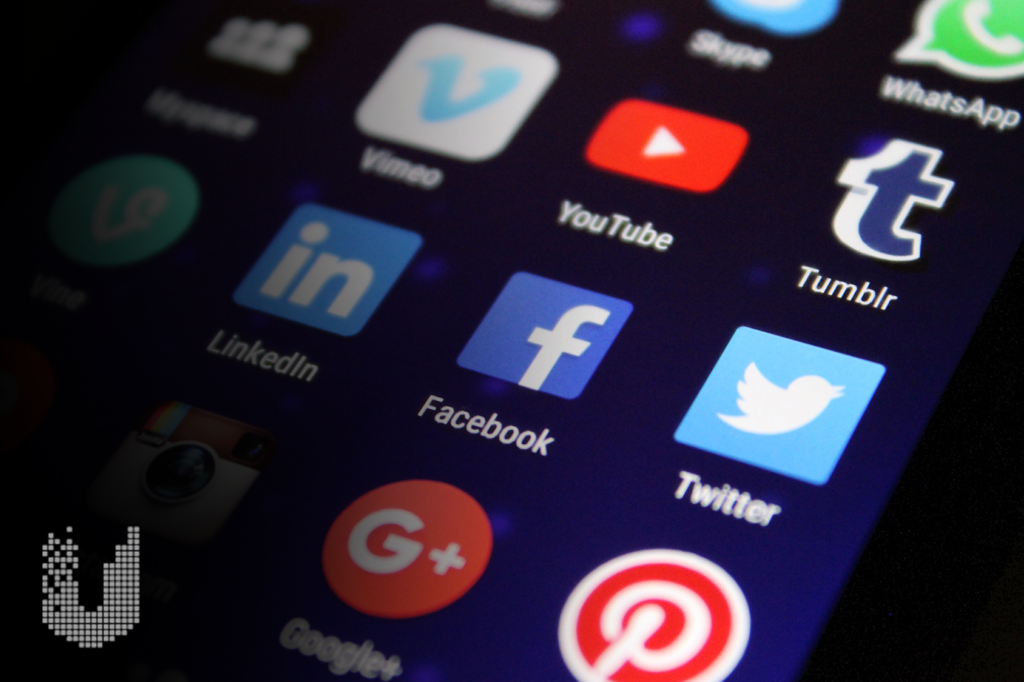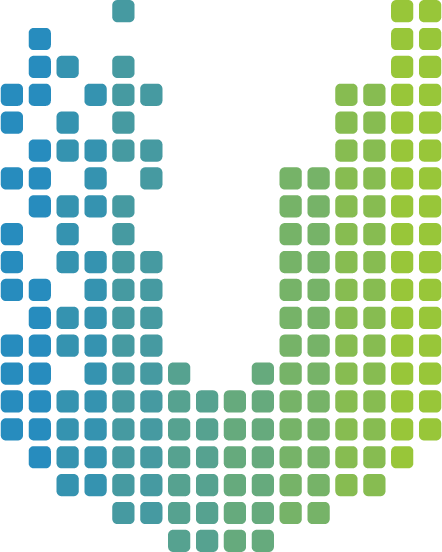
How’d You Get Started In UA?
The matchmaking backstory of how UserAcquisition.com came to be
The Swipe Right
Back in 2007, around the time the first-ever hashtag emerged from the primordial sludge and Justin Bieber posted his first video on YouTube, I was programming at my day job. Suddenly, a funny idea occurred to me. Looking out across the vast, unspoiled, untamed wilds of the internet, I thought to myself, “It seems like there’s money to be made in this social networking stuff. How are people doing this?”
So, logically, I searched how to make money online. I came across online forums dedicated to affiliate marketing, a form of online advertising that I never even knew existed.
Gee wiz. Today, there are four billion separate search results for “how to make money online.” Back then, there were probably only a handful. Those were simpler times.
I began reading and noticed that some people were making truckloads of money by promoting other companies’ offers and services, earning a commission from lead generation or a percentage of sales. All I had to do was get people to click and sign up with their emails. That sounds easy, right?
One of the more intriguing affiliate offers had to do with online dating—a relatively new phenomenon in 2007. At that time, many dismissed online dating as an inferior way of meeting a partner, unless you wanted to end up with some internet-crusted troll. No one had any idea that online and app dating would blow up one day, doing to singles bars what Amazon did to bookstores.
In 2007, no one knew what lurked on the other side of a dating profile.
I befriended someone who’d had enormous success in this arena. He showed me the affiliate marketing ropes, how to find affiliate offers and how to promote them on Facebook. The goal was simple. I just needed to convince people to sign up (free) with an email and zip code in order to get paired up with a random stranger. Someone good-looking. Someone who did not look like a stock photo of a model enjoying a sunset.
Someone real…but not too real.
Making Moves
At the time, Facebook had just released their self-serve advertising platform, enabling literally anyone in the world (with a credit card) to create ads and promote all kinds of products and services. Luckily for me, that included dating ads, which I quickly learned could be amusing and risqué.
I began creating ads for Match.com, using my affiliate link to ensure I’d capture commission if a user converted to a lead.
The first several weeks were painful—I spent more money than I was making, a common plight in online advertising. No one was clicking. And the people who clicked didn’t sign up.
But one day, I was finally profitable, spending around $20 to make $26. Cha-ching.
I’d figured out the right combination of ad targeting and ad creative. Plus, I’d gotten a little lucky. I was hooked. The adrenaline rush made me feel like I’d walked out with the pot in a high-stakes gambling tournament (even though a $6 profit hardly qualified me as a high roller).
To tell you the truth, my best-performing dating advertisements make me cringe when I see them today.
It’s not my finest moment, as a copywriter or as a man. Basically, I found casual, low quality photos of lusty, busty, girl-next-door types—images that didn’t look like stock photos—and paired them with text like, “(1) New Message.” I tried to suggest, with this bit of cleverness, that there existed a vast infantry of ladies, milling around their computers, bored to tears, wearing pajamas, breathlessly awaiting your next message.
It worked like a charm. Those fake ladies acted as my foot soldiers and my recruitment team. I’m sure the photographs that I found depicted real ladies who existed somewhere in the real world. But, truthfully, they weren’t waiting around with bated breath to match with random-ass dudes from the internet. At least, that’s not what they were doing in 2007. All the dating sites did a great job of making it seem like there were tons of women using their services. But in reality, men were the ones paying for most of the dating site subscriptions.
My estimation of the online dating pool circa 2007.
Somehow, I managed to convince a bunch of guys (like, 100s of thousands of dudes) that they could meet their next girlfriend online. They wouldn’t have to dress up, spend $15 a pop on expensive pink cocktails, or even leave the house. Without ever changing out of their scuzzy, old bathrobes, without ever venturing out of their parents’ basements, they could find love…or at least beautiful women.
The more A/B tests I ran, the more obvious it became. Sex sells.
Was I disappointed in my fellow men for being so gullible? Sometimes. But, mostly, I was just happy to be making a lot of money.
Now, with this initial success under my belt, I readied myself to advertise other products, targeting more demographics (including women). I spent many nights at home, slaving away, trying to crack the code on affiliate marketing. I wrote software that enabled me to post ads faster than any human could create them within the Facebook interface. I also created a script that scraped my advertising stats into a database every hour and alerted me if a particular ad became unprofitable. After a few months, I started making more money doing affiliate marketing than I made at my software engineering day job.
At this point, I was comfortable enough with this steady income, so I quit my job in March 2008 and began doing affiliate marketing (a form of User Acquisition) full-time. Sure, it was a risky move, but the risk was part of the fun.
The Honeymoon Phase
I made a great living as an affiliate marketer for about four years. Four years is, coincidentally, same amount of time it took me to earn my degree in Computer Science. That was an undergraduate degree, not a masters or a doctorate. But somehow, I’d worked my way up to making serious doctor money without ever dressing a wound or changing a bedpan. How?
Well, I funded all of the campaigns myself. I paid tuition at the school of entrepreneurial hard knocks. This was very risky because I didn’t have a salary or company to fall back on. Most paid advertising experts haven’t lived under that kind of pressure. I’m a rare example of a media buyer who’s managed millions of dollars in self-funded ad spend. I respect other media buyers immensely who’ve made a living in a similar way, much more than those who’ve had the luxury of a guaranteed salary irrespective of performance.
I’ve built my business on this simple philosophy: UA is all about results.
ROI is the only thing that matters.
As I’ve gotten more and more successful, as I expanded my business beyond affiliate marketing, that core philosophy hasn’t ever changed.
The Happily Ever After
I started UserAcquisition.com with two major goals.
Share some of my hard-won UA knowledge
Match with clients looking to do UA right
To be successful in marketing, you need to be persuasive, assertive, and connect with your audience. I think back to the time when I first started scraping by, spending my own money on affiliate campaigns. Back then, I knew how to be persuasive, but I didn’t have much experience. I depended on thought leaders to share free tips and tricks. That’s the material I used to teach myself how to run campaigns. Now, I want to provide the same tools and resources to the next generation.
As for clients, I’m fairly picky. I want to work with people who are ready to grow their business exponentially, not just maintain the status quo. When you work directly with UserAcquisition.com, we’ll have multiple people working on your project. They’re all really smart. I’ve put together a top-notch team and only hire trusted people who have generated good results with me on past projects. The same way I don’t hire every person I meet, my team doesn’t accept every client.
I will only work with you if I’m confident I can make a measurable impact on your business, and do it quickly.
Now, over a decade after first searching how to make money online, I’m glad to be sharing my knowledge with others, including some of the top brands in the world. Our clients range from startups to corporations that employ thousands. I don’t select clients based on their current size and profitability. Instead, we try to see the potential of the project. Anything that can be marketed online—gaming, e-commerce, or digital subscriptions—is fair game.
Odds are, if you’re selling something online, you’re probably already working with an agency. That doesn’t mean you’re getting best-in-class UA. I’ve taken over digital advertising accounts from some of the major agencies. Often, there’s a lot of cleanup required. Most individual media buyers and branding experts don’t have the technical background we do, so they end up leaving money on the table.
We don’t do that.
Want to see if we can work together?








